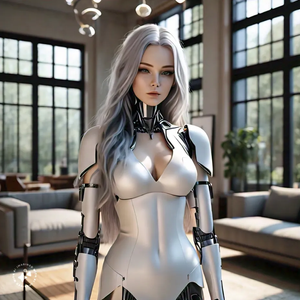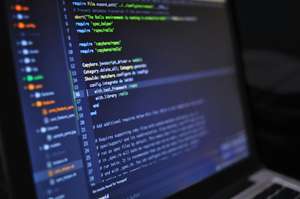
Donald Trump and AI: Policies, Perspectives, and Predictions
Introduction
Donald Trump, the 45th President of the United States, has been a divisive figure in numerous ways. His administration’s policies and positions have had far-reaching consequences in a variety of industries, including technology and artificial intelligence (AI). As artificial intelligence continues to affect our world, it is critical to understand how Trump’s presidency impacted this disruptive technology.
Trump’s policies on AI
In February 2019, President Trump’s administration established the American AI Initiative. This program aims to prioritize AI development and maintain the United States’ position as a global leader in AI innovation. Key components of the effort included: l Research and Development: Federal agencies are increasing their support for AI research. l AI Workforce Development: Emphasizing the importance of education and training to equip the American workforce for AI-related occupations. l Federal Data and Resources: Making federal data and computing resources more accessible to AI researchers. l Worldwide Collaboration: Encourages worldwide cooperation while ensuring that American AI technologies are developed in accordance with American principles.
Public Statements and Views:
Trump’s public views about AI have been a mix of enthusiasm and caution. While he acknowledges AI’s potential to promote economic growth and national security, he is also concerned about its impact on jobs and privacy. Notable quotes include:
“Artificial intelligence affects every element of our life. It is going to be extremely dominant in the future.” “We have to ensure that we’re the leader in AI development, but also that we protect our citizens from the possible downsides.”
AI in Trump’s Political Campaign
AI and data analytics played an important part in Trump’s electoral campaigns. His 2016 campaign made headlines for using complex data models to provide targeted communications to voters. This strategy assisted in identifying and mobilizing crucial voter segments, which contributed to his political triumph.
l Targeted Advertising: AI-powered solutions have enabled extremely individualized and targeted advertising efforts. l Voter Outreach: Data analytics and AI assisted in identifying uncertain voters and personalizing communications to persuade them.
The Impact of Trump’s Policies on AI Development
Trump’s AI initiatives have had an immediate and long-term influence on the sector. By prioritizing money and research, his government aided in the progress of AI. However, the light-handed regulatory approach used during his tenure has sparked ongoing arguments about the necessity for more regulation to address ethical and societal concerns. l Short-term impact: More funding and support for AI research and development. l Long-term Impact: Ongoing discussions concerning the balance of innovation and regulation.
Predictions and Future Outlook
Looking ahead, Trump’s AI policies are likely to have an impact on how future governments approach AI development and regulation. As AI advances, future governments must consider the ethical, societal, and economic ramifications of this powerful technology. l Potential developments include more emphasis on AI ethics, privacy, and employment displacement. l Future Regulations: Finding a balance between encouraging innovation and safeguarding citizens’ rights.
Conclusion
Donald Trump’s presidency constituted a watershed moment for AI in the United States. His administration’s actions and opinions have molded the present AI development landscape and will continue to have an impact in the coming years. As we look ahead, understanding the interplay of politics and technology is critical for developing responsible and innovative AI breakthroughs.





